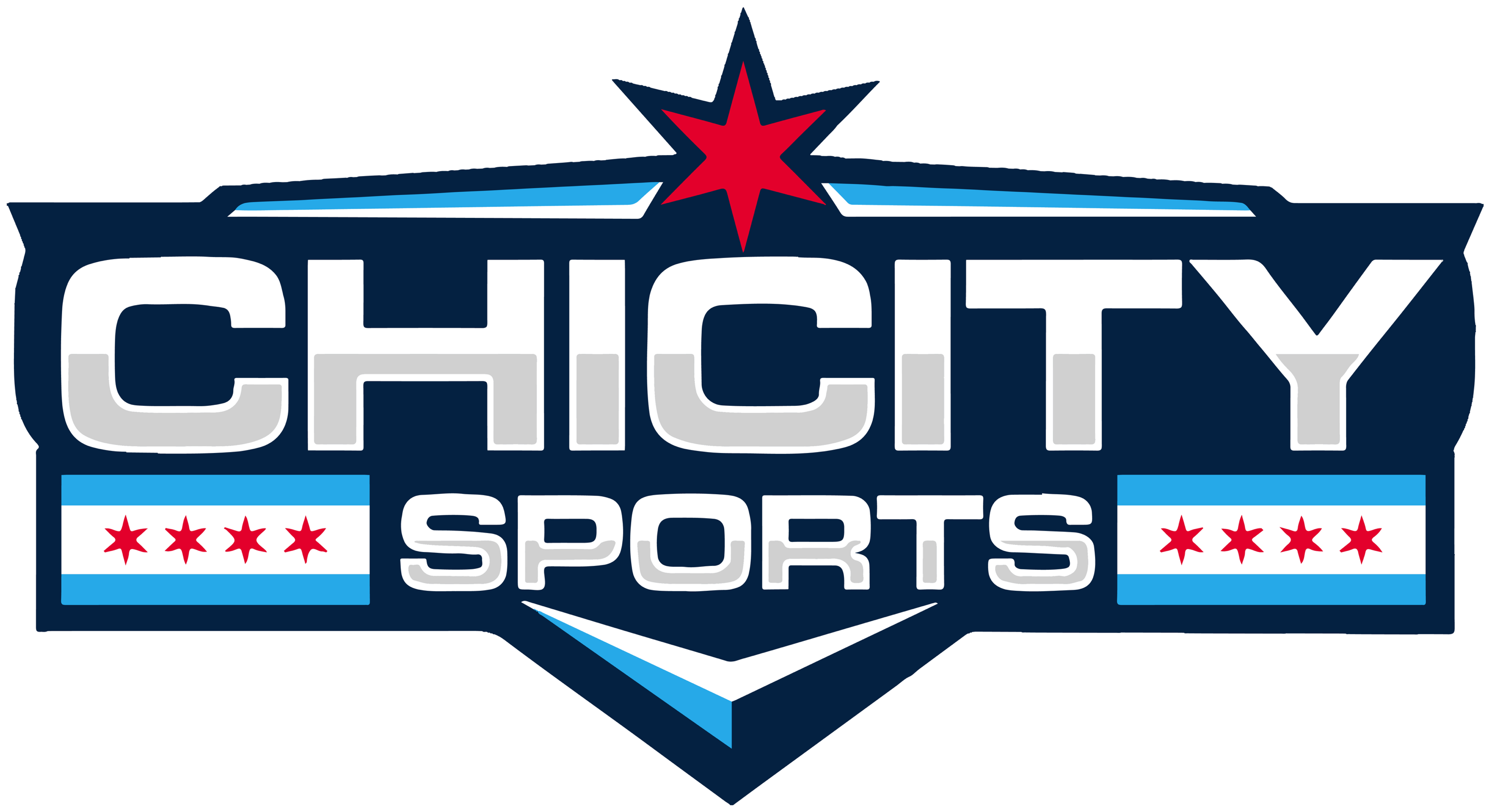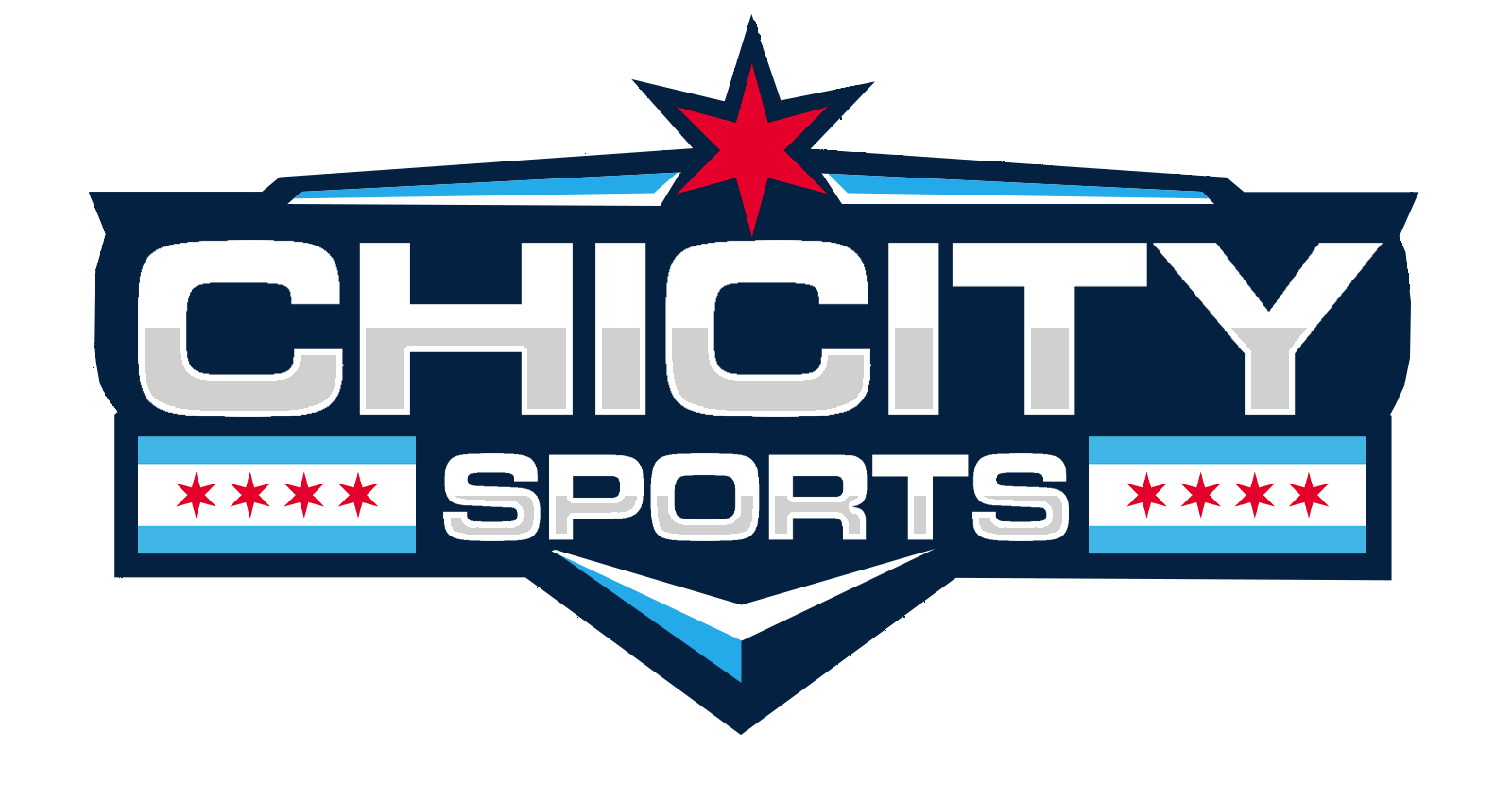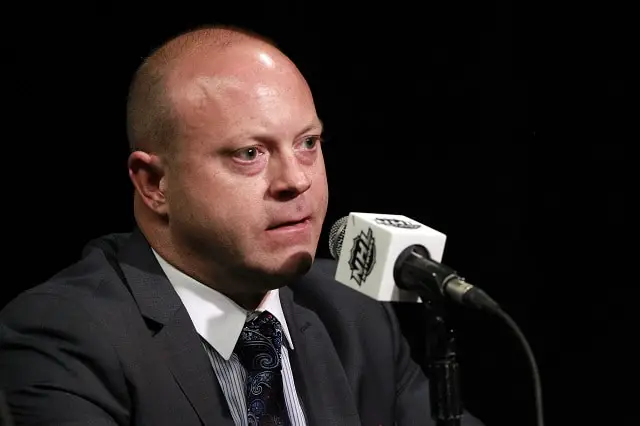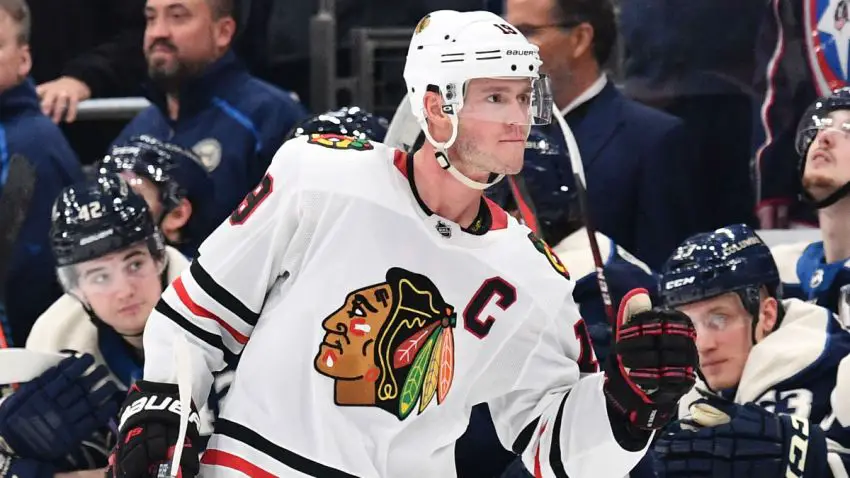Riding this roller-coaster ride of a Chicago Blackhawks season, you finally thought they had figured it out.
Before their current five-game Canadian road trip, the Hawks had gained points in 8 of their last 9 games. They had wins in 11 of their last 15 games from mid-December through January, including a five-game winning streak (their longest of the season) just before the All-Star break. The penalty kill had gone from being ranked 19th to top-five in the league, and they were beginning to buy into coach Jeremy Colliton’s man-on-man system. They were knocking on the doorstep to a Wild Card spot, just three points back with multiple games in-hand; and only four points behind Dallas for the third Central Division seed. They were beginning to look like a real team.
Then deja vu kicked in.
After an up-and-down start to the 2018-2019 season, the Blackhawks had strung together a seven-game winning streak at approximately the same time last year, near the All-Star break. Despite a so-so October and a horrible November and December, they were right back in the playoff mix, just before the trade deadline.
Eventually, in the critical stretch of games that followed their longest winning streak of that year, the Blackhawks would fizzle out, going 4-6-0 in their next 10 games. General manager Stan Bowman would understandably stand pat at the deadline, as the Hawks would miss the playoffs for the second consecutive season.
This year, the Blackhawks look to be repeating history, going 0-3-0 during a vital stretch of games immediately following their longest winning streak of the season (to date). If last year’s example above isn’t proof enough, look no further than mid-November of this season: the Hawks amassed a four-game winning streak (their second-longest this season), only to go 1-4-1 to end the month. This is what streaky teams do: they dangle a prolonged winning streak or two, only to immediately negate all their gains.
With 25 games remaining and 58 points, the Blackhawks are currently 14 points behind Dallas for the final Central Division seed; six points behind both Calgary and Arizona for a Wild Card berth; with three Central Division teams (Winnipeg with 63 points, Minnesota with 60 and Nashville with 59) separating them from a Wild Card spot. According to sportsclubstats.com, the Blackhawks have a 14% chance of making the playoffs this year — a 5% drop-off in light of their most recent 0-3 shutout loss to Vancouver.
For a roster that was supposedly much-improved this off-season, the Blackhawks have only three more points than they did on this exact date last year. Calvin de Haan, Andrew Shaw, Olli Maatta, Zack Smith, Ryan Carpenter, and Robin Lehner were all widely praised moves, with many local and national NHL analysts predicting Chicago as a bonafide playoff team. In retrospect — and with the exception of Robin Lehner, who has been one of the most consistent Hawks all season — these moves were simply “more of the same” from Stan Bowman: failed depth moves.
Both Shaw and de Haan were unable to ever find their footing before going down with injuries. Carpenter’s and Smith’s impact on the bottom-six has been minimal; and their 46% and 43% face-off percentages (respectively) haven’t helped an area in which the Blackhawks were desperately looking to improve. Along with Slater Koekkoek, Olli Maatta has been unable to solidify a fragile back-end with two veterans (de Haan and Brent Seabrook) lost for the year and a rookie in Adam Boqvist still learning on the job. Add in two more rookies in forwards Dominik Kubalik and Kirby Dach, and you have a team that is as shallow — if not worse — than last year’s. Although Patrick Kane, Brandon Saad, Jonathan Toews and Kubalik have performed steadily all year, the Blackhawks simply don’t have enough supporting depth to sustain a playoff run.
For all these reasons, in addition to this team’s recent streaky history, the Blackhawks should officially be in selling mode. This five-game Canadian road trip was the defining moment for the Blackhawks to prove they are indeed a playoff team, but they failed. With only 13 of their last 25 games remaining against Western Conference opponents this year — and with an ultra-competitive Pacific Division vying for both Wild Card slots — the Hawks are light-years away from controlling their own destiny. As the February 24th trade deadline rapidly approaches, it’s imperative for Bowman to not only recognize this predicament, but act.
Toews, Murphy and Coach Colliton after the #Blackhawks recorded a season-high 49 shots on net. #CHIvsVAN pic.twitter.com/H8wPbThypg
— Chicago Blackhawks (@NHLBlackhawks) February 13, 2020
The first option is simple: trade Robin Lehner or Corey Crawford. This is a no-brainer, but choosing which one may be more complicated. Corey Crawford is in his mid-thirties and has a long injury history, including concussions — but depending on his asking price and term, Crawford could most likely be retained for half the price and a fraction of the term than Lehner. Lehner however, is seven years younger and in the prime of his career. Considering how bare the Hawks’ current pipeline of goalies is (Collin Delia, Kevin Lankinen), Bowman may be better served to pony up for Lehner while he can, regardless of the cost and term.
Another option would be to trade one or more of Brandon Saad, Dylan Strome or Connor Murphy — all of which are without no-movement clauses and will be in-demand by any playoff team. Saad has had a resurgent season and is a top-six option. A top-four defender like Murphy is rare to find in general, let alone at the trade deadline when every playoff team is desperate to bolster their blue-line. It may be too early for Bowman to give up on Strome, but then again, Kirby Dach may make Strome expendable — as Strome’s game isn’t suited for a third-line center role. Strome could be used as a sweetener to move a more expensive contract and he may net Bowman a better return.
Bowman can also trade one of the big three: Duncan Keith, Jonathan Toews or Patrick Kane. Kane has only gotten better with age, so the chances of him being moved are slim to none. Although Toews isn’t the player he once was, he too has had a resurgent year, but his contract and his no-movement clause may handcuff Bowman. That leaves Duncan Keith, who also has a no-movement clause, but is extremely affordable (5.5 million through 2023) and can still play a top-four role.
Of course, Bowman’s final (and arguably, worst) option would be to simply stand pat, as he did last year. This option may be forced on Bowman by one of two ways: if he doesn’t net returns in which he deems worthwhile, or if he fails to acknowledge the obvious — that this year is lost and it is time to truly rebuild. Even if he is unable to move Crawford, Keith or Toews, the identity of this team needs to change dramatically from the streaky squad it has been for years now. The trade deadline is the one time of year when an under-performing general manager can take advantage of desperate teams looking to trade young, high-value assets for immediate veteran help. If Bowman doesn’t act at the trade deadline this year, it will only make his off-season that much harder.
With the way this season started, nobody saw the Blackhawks competing for a playoff spot after the All-Star break — and they deserve kudos for getting as close as they did, this late in the year — but if recent history is any indication, it’s time for everyone to admit the obvious, including Stan himself.
For More Great Chicago Sports Content
Get the latest Chicago sports news, analysis, and breaking stories on the Bears, Bulls, Blackhawks, Cubs, White Sox, Sky, and more! Tap the star to add us to your favorites on Google News, so you never miss a story on your favorite Chicago teams.
Follow us on Twitter at @chicitysports23 for more great content. We appreciate you taking time to read our articles. To interact more with our community and keep up to date on the latest in Chicago sports news, JOIN OUR FREE FACEBOOK GROUP by CLICKING HERE




